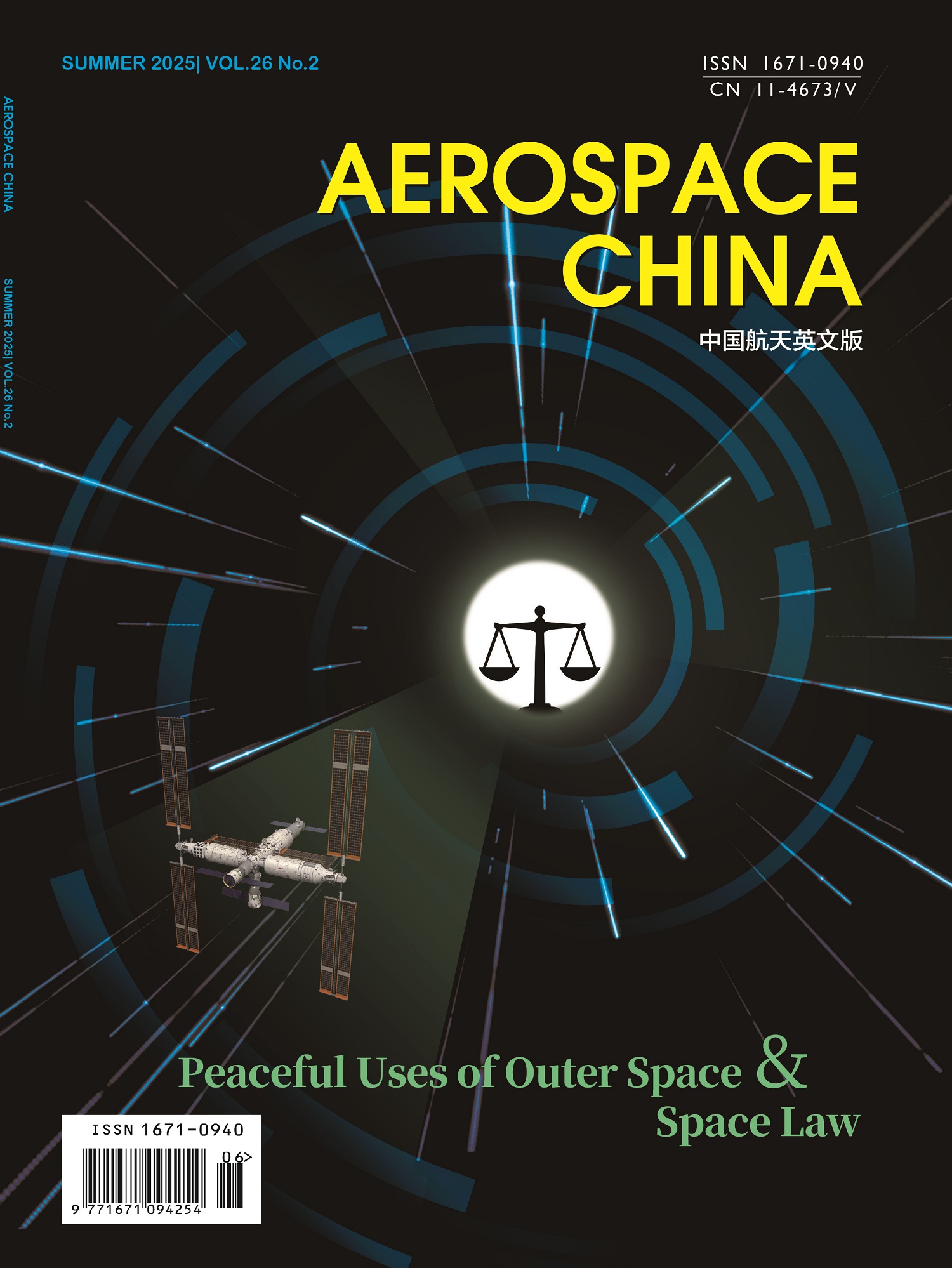Ownership of Mineral Resources in Outer Space
Kassim B. Kipanga, Taw-Wong Youyod
2025, 26(2):
55-68.
doi:10.3969/j.issn.1671-0940.2025.02.007
 Abstract
(
46 )
Abstract
(
46 )
 PDF (236KB)
(
34
)
References |
Related Articles |
Metrics
PDF (236KB)
(
34
)
References |
Related Articles |
Metrics
Ownership is an increasingly important conflict in outer space at this moment in time. Despite the principle in the Outer Space Treaty (1967), that emphasizes the importance of all states' free access to outer space based on equality for exploration and use. Moreover, outer space including the Moon and other celestial bodies is not subject to national appropriation by claim of sovereignty, by means of use or occupation, or by any other means. However, outer space activity is not free from sovereignty and jurisdiction after all. Anyway, the legal situation relating to space resource exploitation and utilization activities under the adoption of United Nations is a challenge. Some scholars implied that the Outer Space Treaty (1967) clearly prohibits appropriation of whole celestial bodies but is far less clear concerning the rights of over-extracted resources. Nevertheless, the Moon Agreement (1979) promotes the idea of property ownership of over-extracted resources. It permits states to collect and remove samples of lunar minerals and other substances for further interest in scientific investigation. The application of the Moon Agreement (1979) is not only to the Moon itself but to other celestial bodies, thus potentially covering the planets and asteroids where the mining potential is considered to be limitless. Under this circumstance, numerous countries, such as the United States, Luxembourg, The United Arab Emirates, and Japan have enacted legal regimes that glorify the rights of their entities in mineral resources in outer space. However, these regimes could be disputed under the international legal framework if countries have merely interpreted and applied their rights and obligations on a national level as they understand them. Therefore, this paper purports to clarify the ownership rights in outer space and analyze the purpose of the legal situation relating to space resource exploitation and utilization activities under the adoption of the United States, Luxembourg, The United Arab Emirates, and Japan.


